Don't bother fixing these 10 things if you want to sell your house fast
Ambitious updates to your home aren’t worth your time or money if you want to move quickly
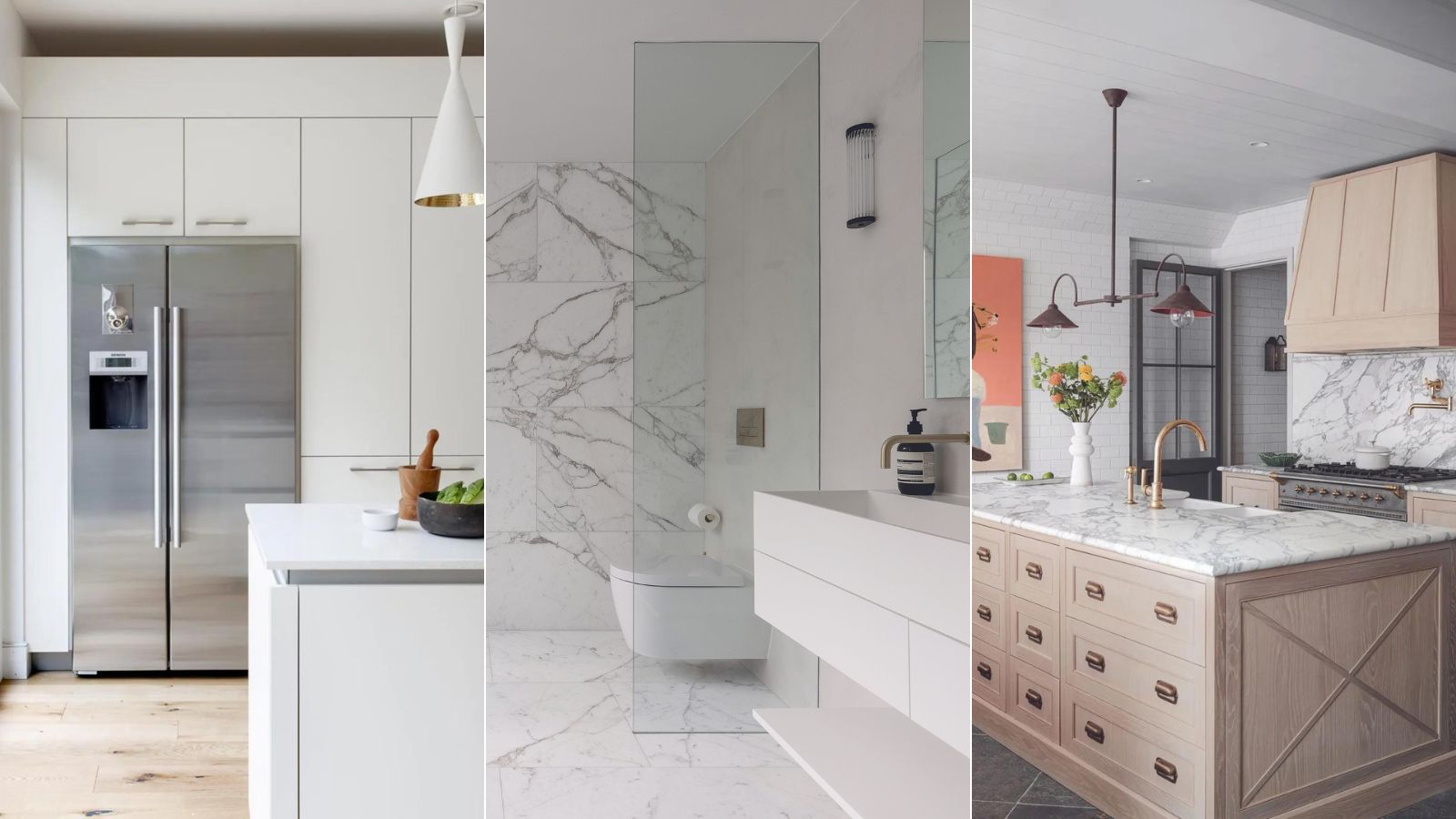

If you need to relocate, you may find yourself needing to sell your home in a hurry. However, even if you're looking for a speedy sale, you still want to get a good price for it, and to do that, you are going to need to present it at its best.
But what you don’t want to do is rush into a time-consuming makeover or expensive refit on a property that’s no longer your forever home, as they generally don’t recoup the money you’ve spent on them.
‘When preparing to sell a property, the temptation to take on the best ROI home improvements is often there. People want to get top dollar and make the best possible impression,’ says Ryan Nelson, a real estate and rental property expert. ‘But, in many cases, those big structural renovations just don't make financial sense so close to sale.
'It's also important not to get carried away with improving your home beyond comparable properties for sale nearby or you run the risk of pricing yourself out of the local market.
'The best approach is usually to focus your funds on more cosmetic, surface-level updates for features house buyers want. A fresh coat of paint throughout can make a home look polished for not much expense.’
10 updates to avoid if you want to sell your house fast
We spoke to some expert realtors to find out what you shouldn’t bother fixing if you are looking for ways to sell a house fast, and what you can do to help get your asking price.
1. Fixing the roof
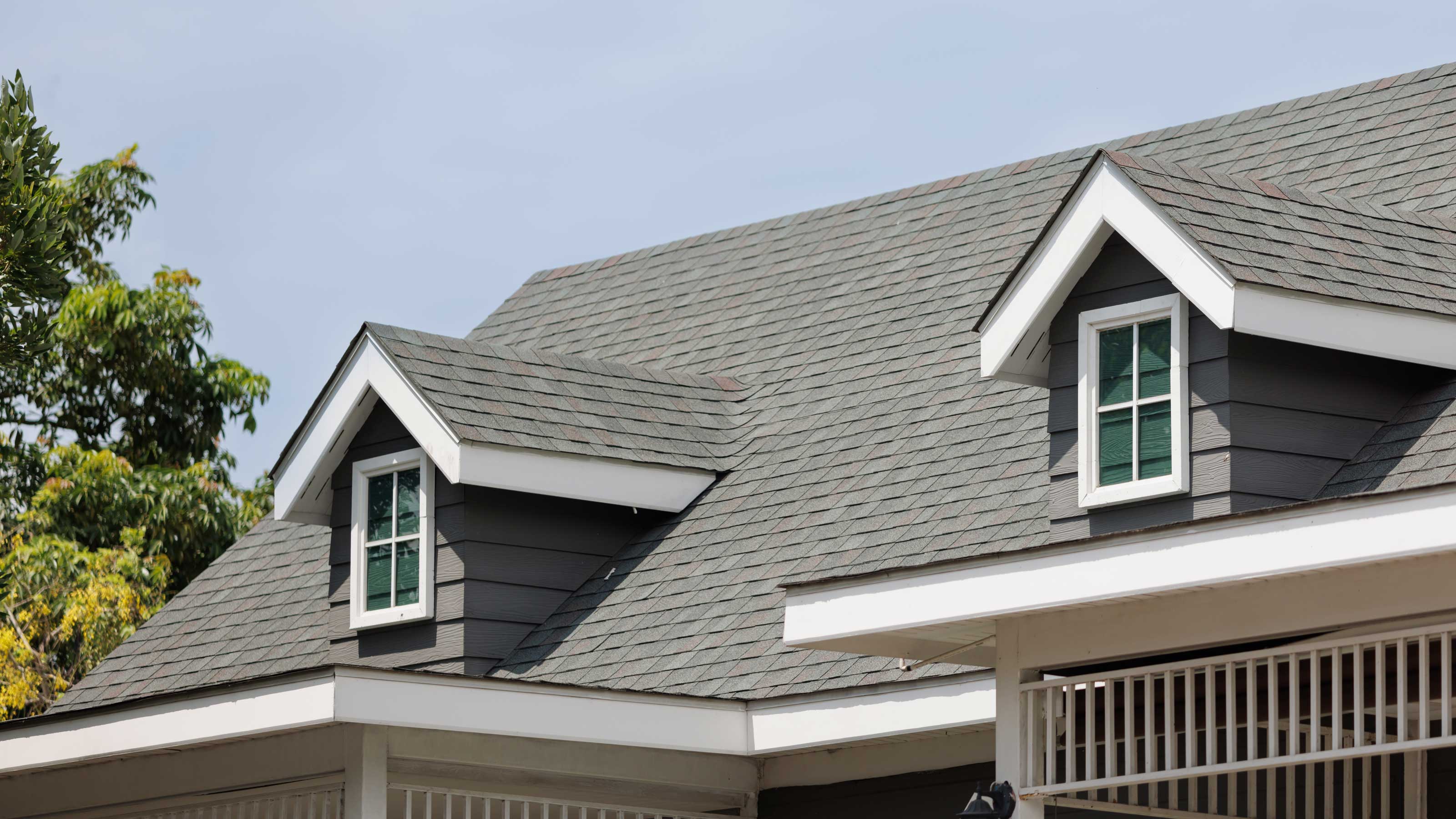
Though it would be wise to sort out a missing or cracked tile to stop a leak that is causing damp and affecting rooms beneath, removing and replacing the whole roof would be a step too far, counsels Ryan.
‘I've seen people retile entire roofs only to find new roof costs far outweighed the bump in selling price,’ he says. ‘Extensive work like that also opens the door to delays if inspectors need to sign off on permits before closing can be finalized.’

Ryan is a real estate agent, investor, developer, and owner of a property management company in Houston, Texas. He is also the founder and CEO of Rental Real Estate, a platform for rental real estate resources and tools.
2. Rewiring your home
Updating the electrical wiring and replacing the fuse box or distribution board in your home is an expensive and time-consuming job that it’s best to hire a professional to do unless you happen to be a qualified electrician.
It can also cause a lot of damage to walls as new cables are chased in and need patching and painting over. So long as there are no safety hazards, rewiring and installing a new lighting system is a task that can be left to the next owners.
3. Relaying the driveway
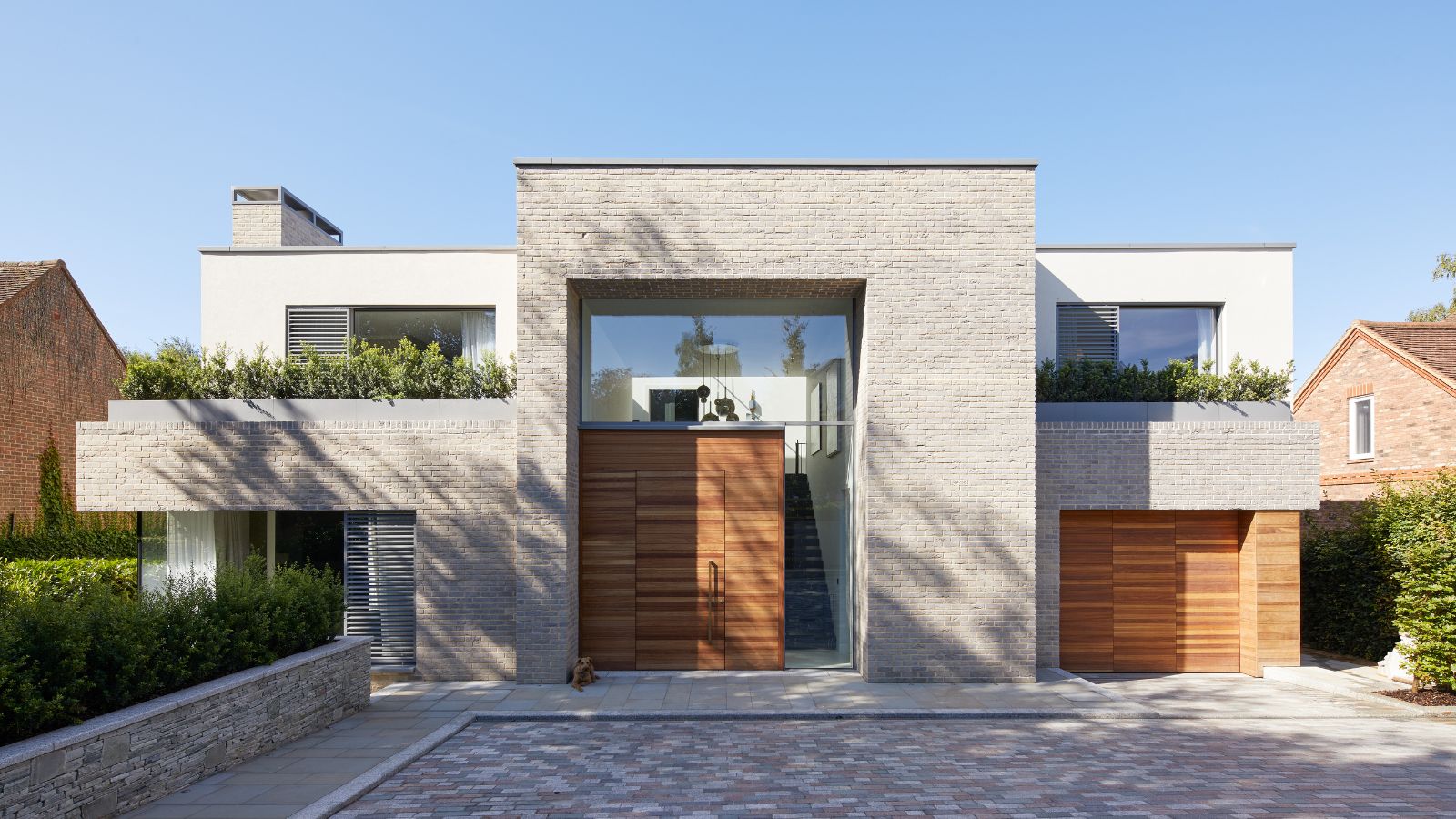
A study by Michigan State University revealed that putting some effort into landscaping and refreshing your exterior can increase perceived home value by between five and 11%. But those improvements can be made without going to the trouble and cost of completely relaying the driveway.
The average cost of a new driveway big enough for two cars is $7,000 and could rise to $20,000+ if your contractor is laying specialist pavers.
But before you put your curb appeal ideas on hold, consider tidying your existing driveway so it's weed-free with all overgrowth trimmed back to reveal how big it is. This should highlight any potential for expansion, which could be enough to help secure that quick sale.
4. Replumbing

Replacing your plumbing system before marketing your home could just be money down the drain (quite literally). Finding and hiring a contractor to do it could take time, it’s disruptive to live through, and the bulk of these expensive improvements will be hidden from the sight of house viewers.
‘Spot repairs are fine, but I don't recommend full replumbs,’ says Adrian Pedraza, who owns a professional house-flipping company. ‘Leaky faucets can easily be replaced during a home inspection. There is no need to repipe entire systems.’

Owner of The California Home Buyer, a professional house-flipping company, Adrian has over 10 years of experience buying, selling, and flipping properties in California. He is also a certified home inspector and renovator.
5. Fitting a new bathroom
It's a bad idea to rip out your old suite and create your dream space just before you put up the ‘For Sale’ sign. New sanitaryware and tiling, designer faucets and specialist flooring and lighting all come with a price tag that you may not recoup if you are looking to sell straight away.
You might even deter some buyers if the new tiles are in a color they hate or they need a home with a tub rather than state-of-the-art spa shower.
Instead, consider learning how to clean grout and sealant, paint your bathroom a neutral shade and replace the shower curtains or screens. These small changes may be enough to create a space the new owners are content to live with as they plan their own bathroom ideas.
6. Fitting a new kitchen
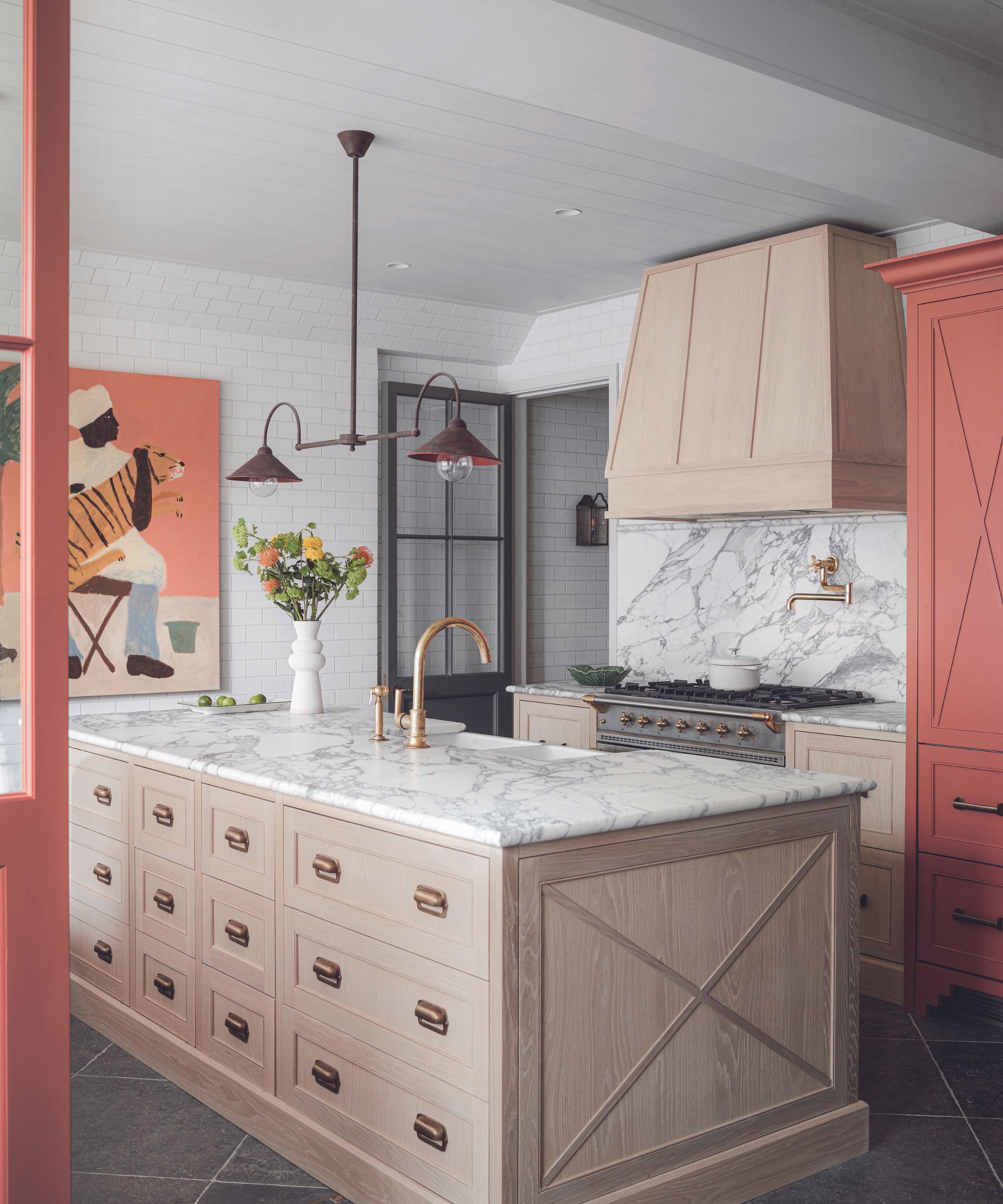
Just like the bathroom, kitchen ideas are personal and your home’s new owners will no doubt want to design a spaces that suits them. It also costs thousands of dollars to install an entirely new kitchen and appliances and to redecorate. All compelling reasons why you shouldn’t go to the expense of doing it before selling.
‘When flipping a home I always want to finish the project as soon as possible and avoid unnecessary work that likely won't provide a good return on investment,’ says Adrian, professional house flipper. 'So, I wouldn’t invest significant time or money in overhauling a kitchen.
'Simple countertop and kitchen cabinet upgrades have impact, but full-gut remodels don't always pay off. Keep changes clean and modern.’
7. Expensive landscaping
As tempting as it may be to transform your suburban jungle, it would be better to concentrate on taming your yard yourself through mowing, pruning and planting rather than bringing in an expert landscaper with big plans for your outside space.
‘Basic lawn care and minor trims to overgrown bushes are ideal for a yard,’ says Joy Aumann, a licensed realtor and expert home stager. ‘Major projects won't likely increase value. And adding features like a pool, deck or patio could price buyers out or extend the sale timeline.’

Joy is the co-founder of La Jolla Life, a premium real estate website covering the San Diego market. She has two decades of luxury real estate and design experience staging homes
8. Installing top of the range appliances
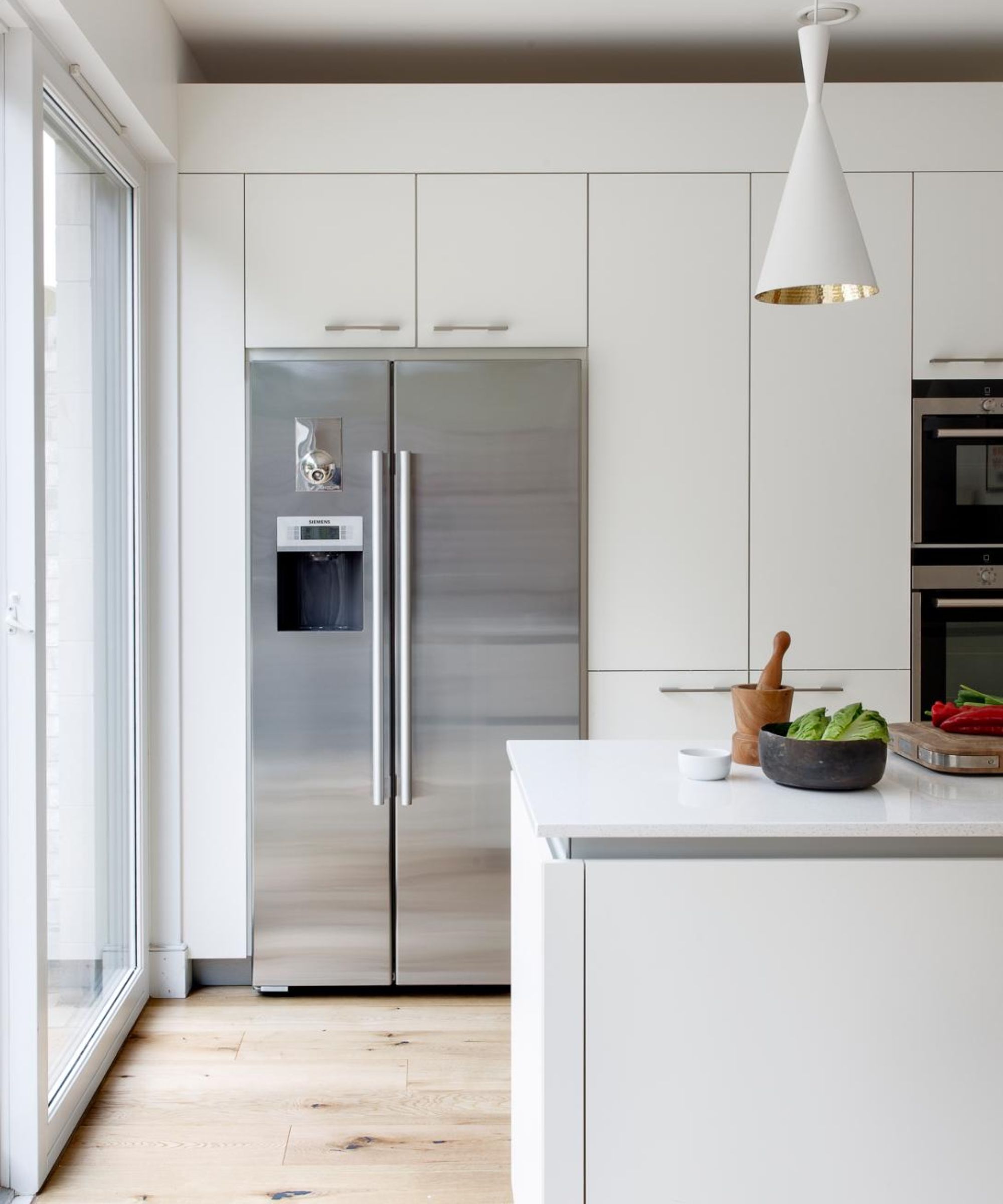
High-end cookers, freezers, refrigerators, dishwashers and washing machines can cost thousands of dollars to buy and have installed. That’s money you may not see back when you shake on the deal. And if you are determined that you will, you could hold up the sale while you negotiate with the buyer.
Mid-range white goods might be all that’s needed to update the look of your kitchen and laundry room enough to bump up the asking price – and their newness will reassure buyers that they won’t need to replace anything immediately. Save the designer buys for your new home.
9. Outdated floors
You don’t want potential buyers to look down on the state of your floors, but at the same time, you don’t want the outlay of fitting new hardwood flooring or deep pile carpet throughout your home. ‘Spot repairs to damaged areas are sufficient,’ says Joy. ‘Full replacements can be costly.’
You can also thoroughly clean carpeted, hardwood and tile floors to spruce them up, and refresh the look with area rugs to help zone spaces and create a feeling of comfort.
10. Unfinished spaces
Don’t be tempted to suddenly convert an unused space in a bid to create a living or sleeping space and increase the asking price. Instead, leave it up to the buyers to explore its potential and envision what it could be used for.
‘Finishing attics, basements or garages to add living space is disruptive,’ warns Adrian Pedraza. ‘Most buyers prefer to customize these spaces themselves.’
The money you get when someone buys your house isn't just pure profit – you need to factor in how much it costs to sell your home too. Break down what you need to budget for when you put your home on the market to avoid costly mistakes.
If you own rental properties, you'll want to know the renter complaints to never delay dealing with as a landlord.
Sign up to the Homes & Gardens newsletter
Design expertise in your inbox – from inspiring decorating ideas and beautiful celebrity homes to practical gardening advice and shopping round-ups.

Alison is a contributing gardens writer for Homes & Gardens, writing on a range of topics from plant care to garden design. She has recently landscaped the outside space of her Victorian home, replacing crazy paving and cracked slabs with new lawn, and is currently cultivating a fruit bed.
-
 Kylie Jenner, Tommy Hilfiger, and Lenny Kravitz transform their homes with prints – the London Original Print Fair Director has a method that makes their look 'accessible and affordable' in your home
Kylie Jenner, Tommy Hilfiger, and Lenny Kravitz transform their homes with prints – the London Original Print Fair Director has a method that makes their look 'accessible and affordable' in your homeCelebrities from the Kardashians to Lenny Kravitz decorate their homes with prints by famous artists, and it's easier to recreate than you might expect
By Sophie Edwards
-
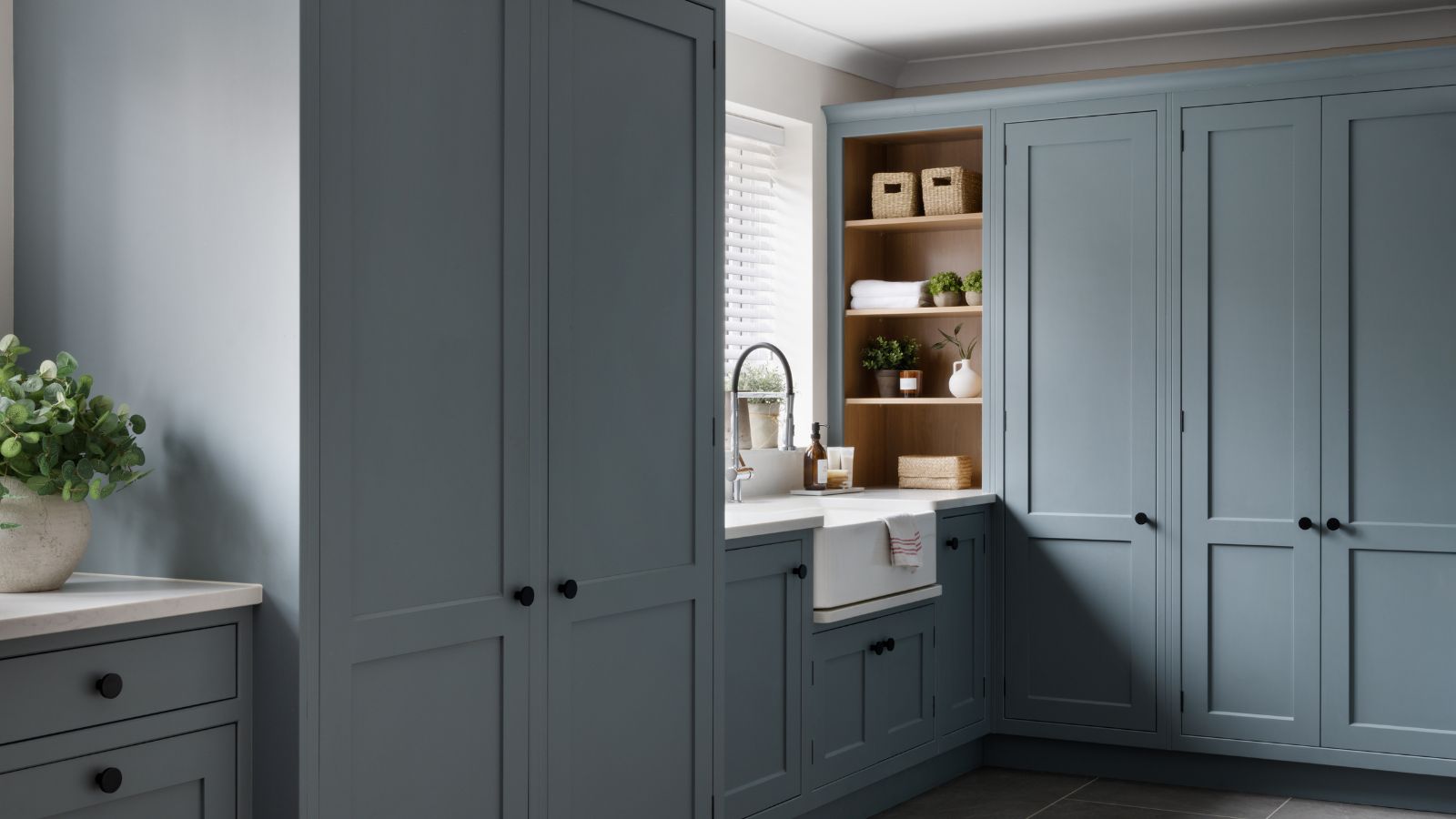 ‘Completion days’ are the answer to laundry doom piles, pro organizer claims – here’s how this hack can instantly stop fresh laundry from piling up once and for all
‘Completion days’ are the answer to laundry doom piles, pro organizer claims – here’s how this hack can instantly stop fresh laundry from piling up once and for allStay on top of your laundry with the 'Completion days' method
By Chiana Dickson